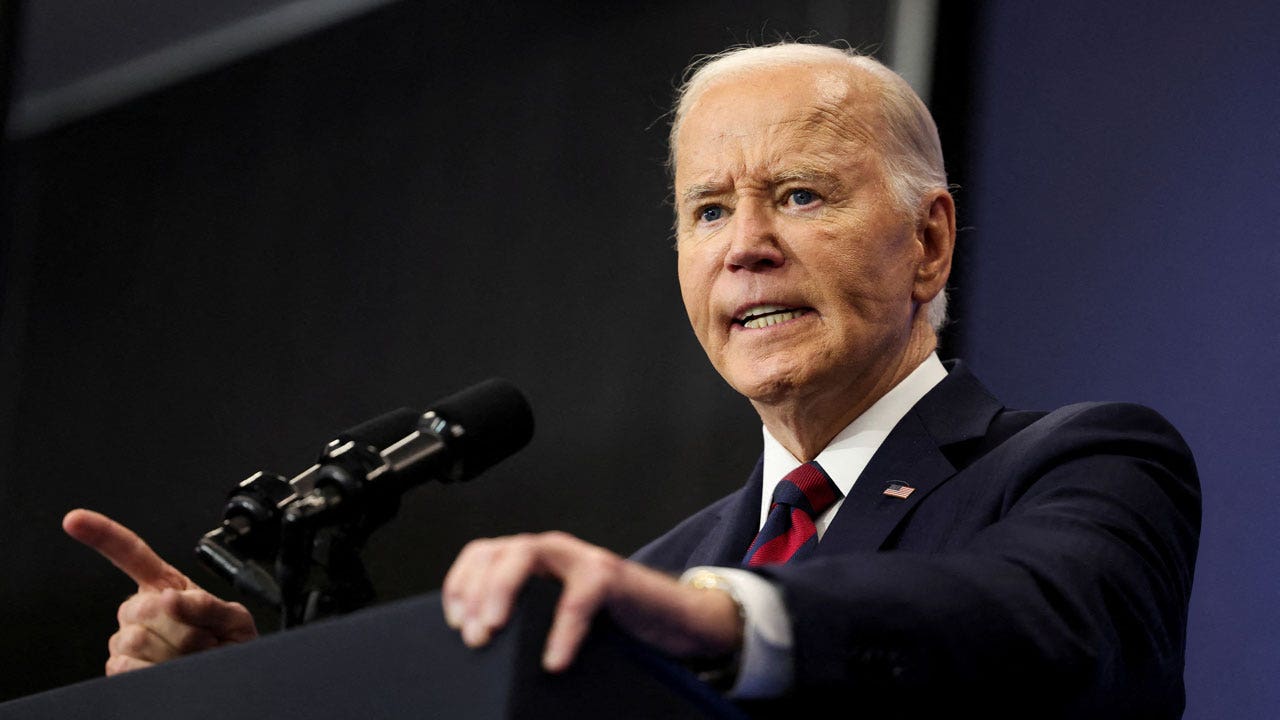These FRCVs will incorporate cutting-edge technologies, including artificial intelligence (AI), drone integration, active protection systems, and enhanced situational awareness. They will also feature manned-unmanned teaming capability and seamless integration into network-centric warfare environments.
The induction of FRCVs will occur in three phases, with each phase incorporating newer technologies to ensure maximum survivability, lethality, and agility.
According to TOI, recent reports of extensive destruction of Russian tanks in the ongoing war with Ukraine were largely due to tactical shortcomings rather than inherent weaknesses in tank warfare. This includes deficiencies such as inadequate logistics support and a lack of integrated operational tactics involving infantry, artillery, electronic warfare, and air support. Instead, a tank’s success in warfare requires a combination of mobility, firepower, and armoured protection.
In addition to ongoing procurement and upgrade initiatives, the Army plans to induct the first batch of 118 indigenous Arjun Mark-1A tanks this year. These tanks come equipped with various upgrades to boost firepower, mobility, endurance, and protection.
Furthermore, the Army is gearing up to deploy 354 indigenous light tanks for high-altitude warfare under Project Zorawar. These tanks, designed for superior performance in mountainous terrain, will complement existing tank capabilities, particularly in regions like eastern Ladakh.
Meanwhile, several upgrade projects are underway to enhance the operational capabilities of existing tank fleets. This includes the installation of 1000-horsepower engines in T-72 tanks, along with advanced thermal sights, fire detection systems, and other enhancements.




















Discussion about this post